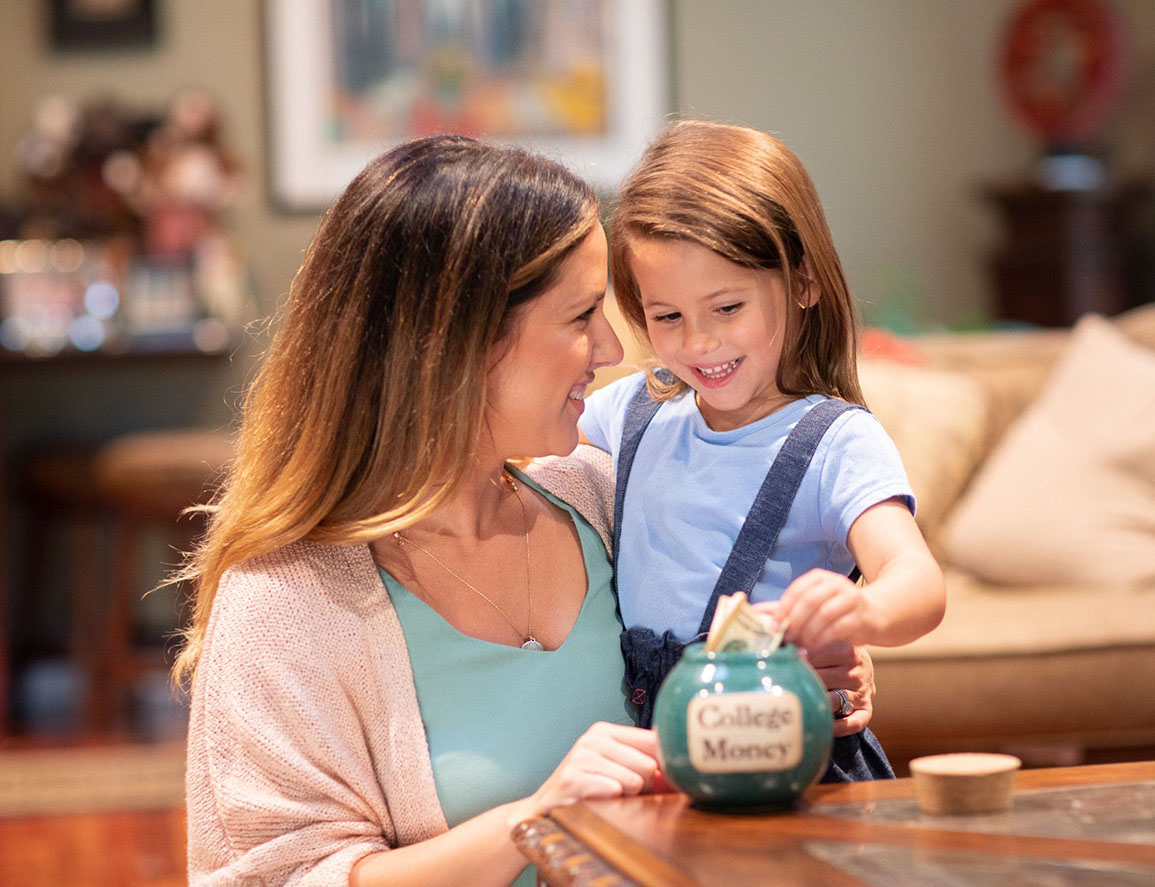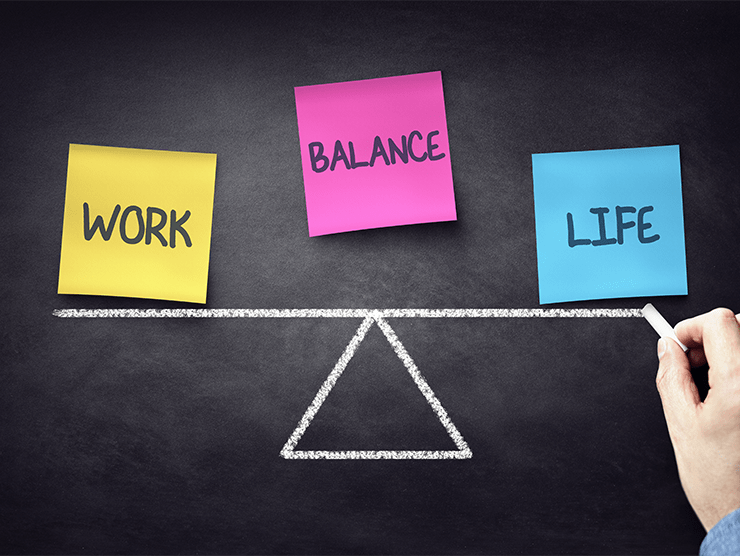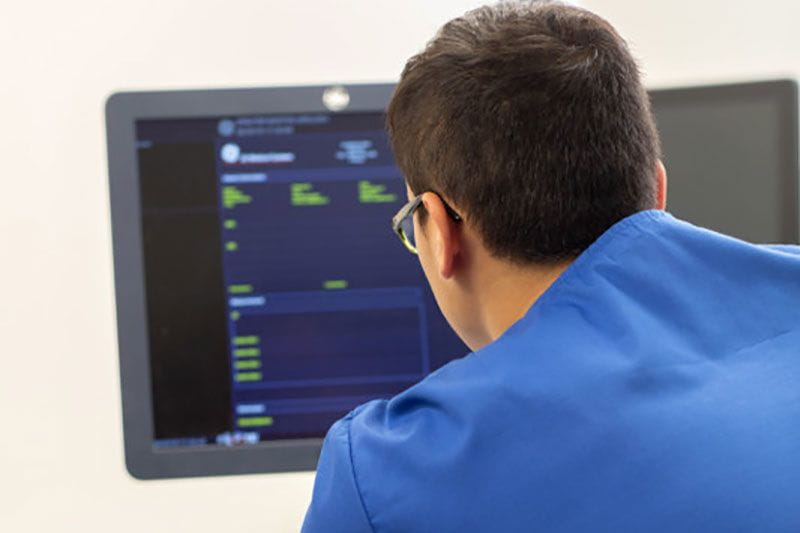Worried about money? Most of us would say yes.
Got a good handle on how much you have and where it’s going? Most of us would say…nope.
It’s a funny thing since having a clear picture of the latter (how much you have/spend) often takes care of the former (worrying about how much you have/spend). Yet many people are afraid to look.
How can you set up a spending plan, and what can it do for you?
Here are 6 things to know.
What is a spending plan? Isn’t it basically a budget?
Sort of. A spending plan is like a budget in that it tracks income and expenses. But unlike a budget, it takes finances a step further by allocating your cash flow, plotting your savings initiatives, and creating a roadmap to reach your financial goals.
How can that help me?
Planning where you want to spend your money gives you control. Instead of spending at will (which almost always leads to spending more than you should), you’ll have a picture of what goals you want to reach, and how to get there. Having financial goals – such as saving money for education or buying a new home will help you determine how much money you need to put aside from your living expenses into savings (or investments). Plus, at any time, you can see how much you have to spend and where.
How does it work?
Income and expenses should be charted each pay period. Account for all income sources, required expenditures, and debt obligations. Then determine the amount of funds left over. With that information, assign every dollar from that available pool of money to a goal. Commit an hour every pay cycle to reviewing your spending for that cycle and creating your game plan for the next.
Where should I allocate available funds?
That’s up to you. Ask yourself, what are your goals? College savings for a child? Paying off your own college debt faster? Retirement? A vacation? Set your priorities and allocate accordingly, maybe a portion to bolster your emergency fund, another percentage to college savings, and maybe another chunk of money for that special trip you have in mind.
Does every dollar have to be allocated for the future?
Absolutely not. You can (and in fact should!) put some money toward fun things right now, whether that means that latte on the run, a movie on demand, or a new pair of boots. If your spending plan feels too prohibitive and doesn’t make room for things that bring you joy, then it is bound to fail.
How can I get started:
Search “personal spending templates” and you’ll find many; or you can create your own system. Just use something that works for you. And remember: keep it simple, let your values and priorities guide your decisions, and build a cushion for unexpected expenses.
And remember, it’s ok to start small—every dollar you save is a step toward the final goal!
And don’t beat yourself up if you fall short on a target (which will happen from time to time). Figure out what went wrong and how you can fix it in the next cycle.
Good luck!





